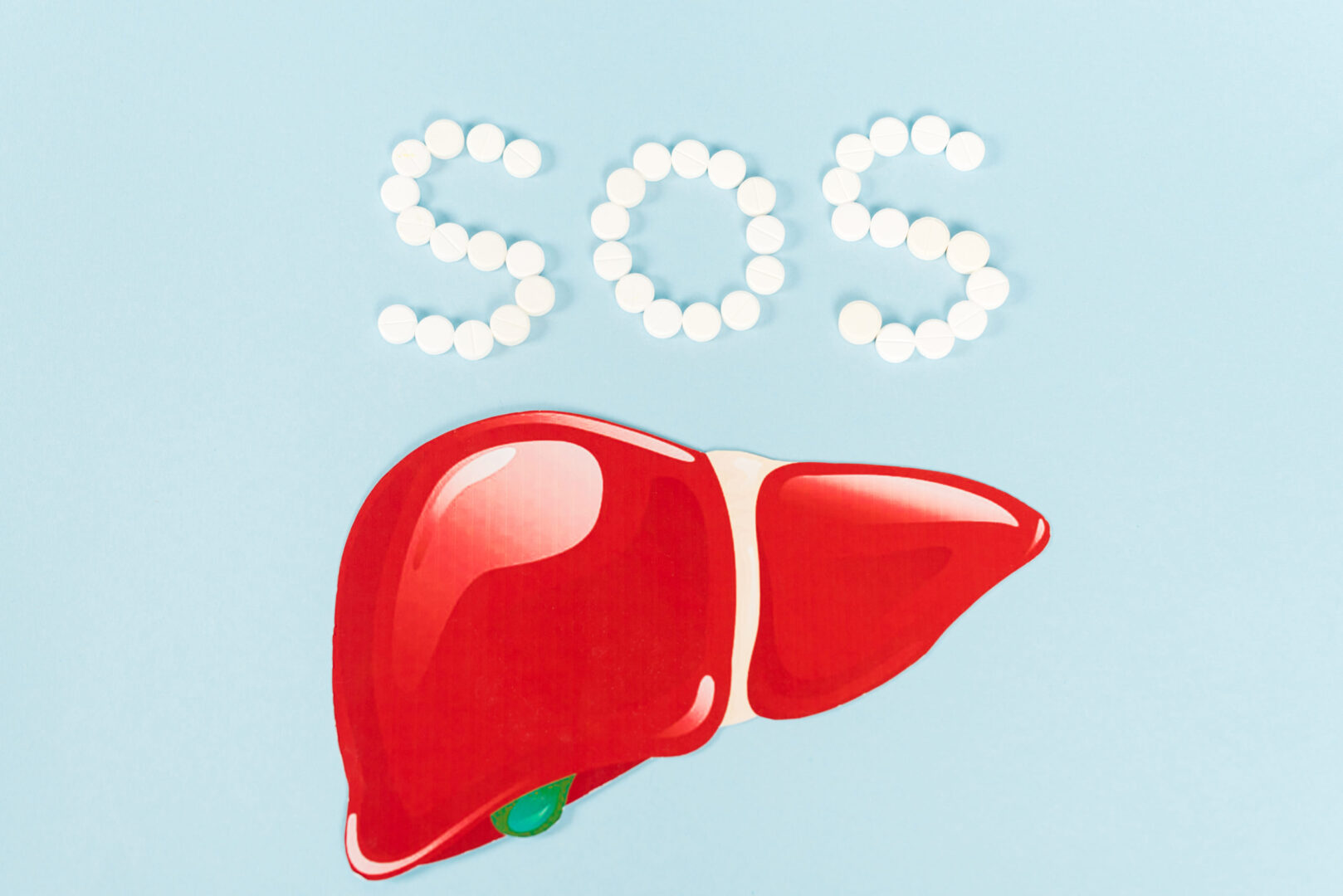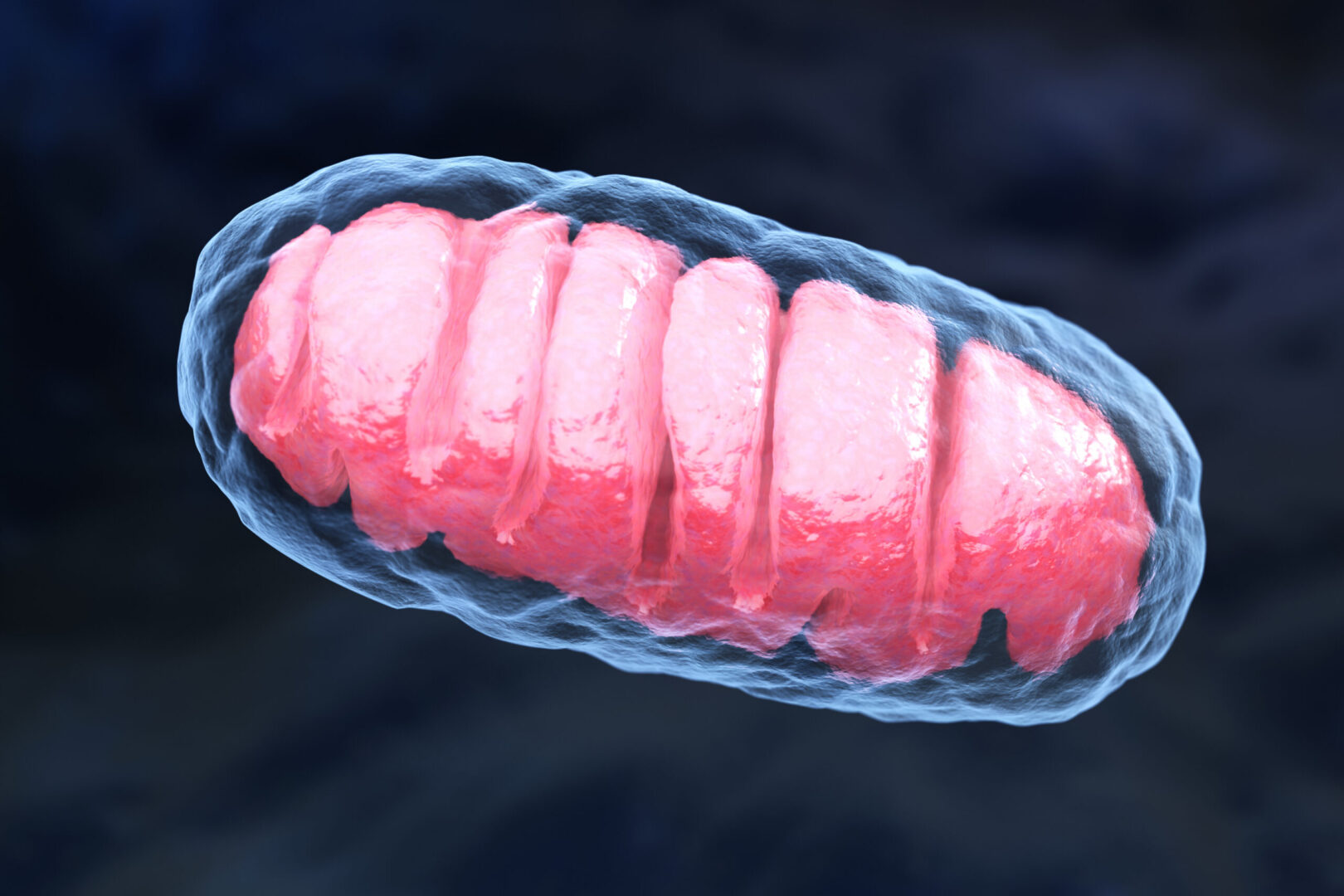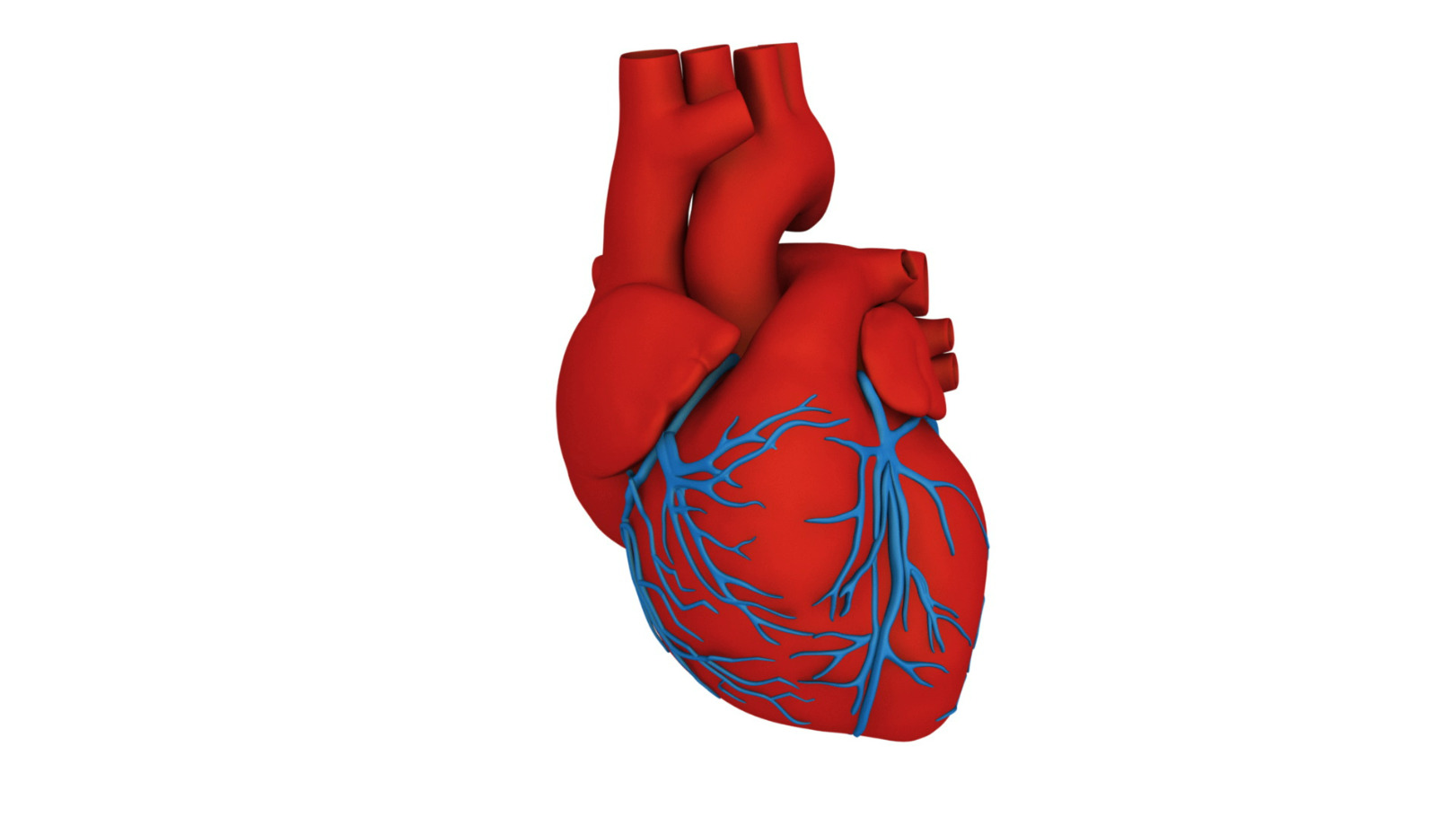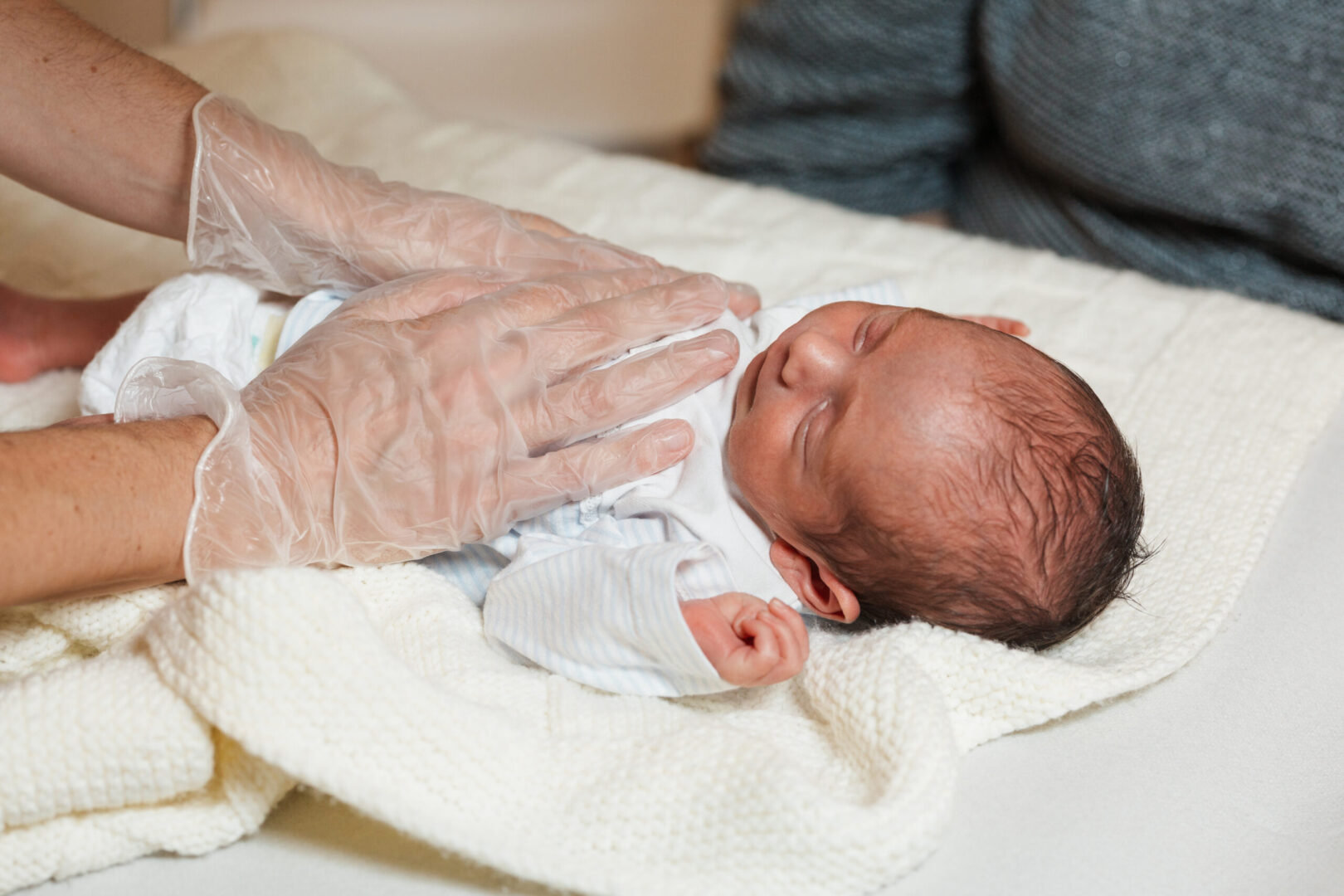Learning objectives
- Describe the implications and comorbidities of ACHD
- Classify the severity and assess the anesthetic risk factors of ACHD
- Anesthetic management of patients with ACHD
Note: It is important to assess the specific lesion and disease progression of every patient individually and manage accordingly
Definition & mechanisms
- Congenital heart disease (CHD) is the most common birth defect in humans, affecting nearly 1% of live births
- Defects range from mild to severe
- Only decades ago: High mortality in children with CHD
- Today, more than 80% of children with CHD survive adolescence and reach adulthood
Common comorbidities:
- Heart failure
- Arrhythmias
- Sudden cardiac death
- Infectious endocarditis
- Additionally acquired heart diseases
- Pulmonary hypertension
- Neurological complications
- Hematological impairments
- Rheological impairments
Classification
| Simple ACHD: Simple lesions conferring no functional limitations, or those who have undergone curative surgery | Unrepaired lesion: - Isolated aortic valve disease (13/1000 live births) - Isolated mitral valve disease (excluding mitral cleft or parachute valve) - Isolated patent foramen ovale, small atrial septal defect, or ventricular septal defect |
| Mild pulmonary stenosis | |
| Repaired lesion - Previously ligated or occluded ductus arteriosus - Repaired sinus venosus or secundum atrial septal defect - Without residual defect - Repaired ventricular septal defect without residual defect |
|
| Moderate complexity ACHD: Moderately complex disease that may pose some day-to-day limitations, or who have undergone surgery likely to require reoperation | Aorta to left ventricular fistula |
| Partial or total anomalous pulmonary venous drainage | |
| Atrioventricular canal defects (partial or complete) | |
| Coarctation of the aorta | |
| Ebstein’s anomaly | |
| Significant infundibular right ventricular outflow tract obstruction | |
| Ostium primum or sinus venosus atrioseptal defect | |
| Unrepaired ductus arteriosus | |
| Moderate-to-severe pulmonary stenosis or regurgitation | |
| Sinus of Valsalva fistula or aneurysm | |
| Subvalvular or supravalvular aortic stenosis | |
| Tetralogy of Fallot | |
| Ventricular septal defect with associated anomaly, e.g. aortic regurgitation, absent valve, subaortic stenosis, mitral valve disease, right ventricular outflow tract obstruction, straddling atrioventricular valve | |
| Severe complexity ACHD: Adults with severe complexity ACHD with significant functional limitation, they may have had palliative surgery or been deemed not amenable to intervention | Conduits: valved or non-valved |
| All types of cyanotic heart disease | |
| Double-outlet ventricle | |
| Eisenmenger syndrome | |
| Fontan procedure or total cavopulmonary connection | |
| Mitral, tricuspid, or pulmonary atresia | |
| Pulmonary hypertension | |
| Any single-ventricle circulation | |
| Transposition of the great vessels | |
| Truncus arteriosus | |
| Very rare complex anomalies, e.g. criss-cross heart, isomerism, ventricular inversion, heterotaxy syndromes |
Risk factors
| Anatomic lesion | Single ventricle |
| Biventricular physiology with systemic RV | |
| Physiologic status | Poor exercise tolerance and/or decreased ventricular function (EF < 25% or NYHA 3–4) |
| Cyanosis (SaO2< 80%) | |
| Pulmonary hypertension (systemic or suprasystemic PAP) | |
| Neurodevelopmental delay | |
| Comorbidities | Obesity (BMI > 35) |
| COPD (FEV1< 30% of predicted) | |
| Diabetes mellitus type 1 | |
| Chronic renal insufficiency (GFR< 30%) | |
| Intraprocedural complications | Inotropy or vasopressor need |
| Arrhythmia requiring treatment | |
| Blood product transfusion |
Management
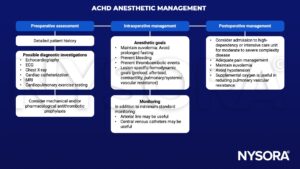
Suggested reading
- Weale J, Kelleher AA. Adult congenital heart disease. Anaesthesia & Intensive Care Medicine. 2021;22(5):290-6.
- Motta P, Manrique AM, Partington SL, Ullah S, Zabala LM. Congenital heart disease in adults (when kids grow up) pediatric geriatric anesthesia. Curr Opin Anaesthesiol. 2020;33(3):335-342.
- Baehner T, Ellerkmann RK. Anesthesia in adults with congenital heart disease. Current Opinion in Anesthesiology. 2017;30(3).
We would love to hear from you. If you should detect any errors, email us at [email protected]




